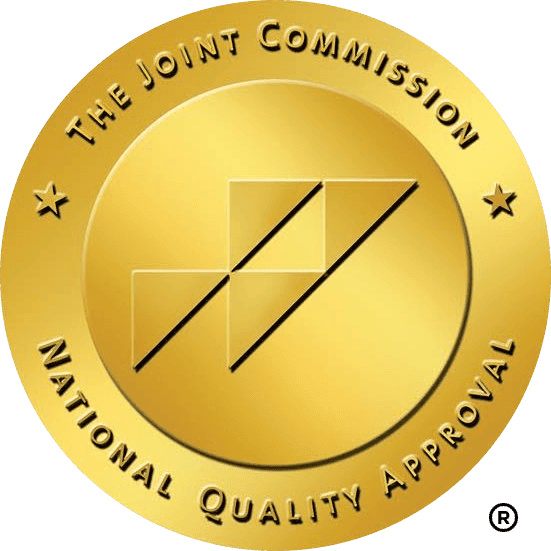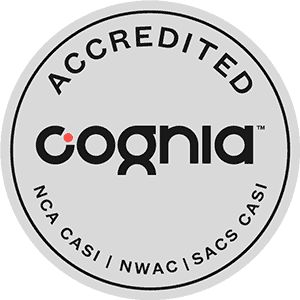
Assessing Suicide Risk In Adolescents
First and foremost, assessing the risk of suicide in a teenage girl should be EXCLUSIVELY conducted under the expertise of a fully licensed, therapeutic professional (psychotherapist, psychologist, psychoanalyst, psychiatrist etc.). That being the case, here at Turning Winds RTC, we suggest that parents of depressed teenage girls learn to be conscious of the warning signs of suicidal ideation – the consequences of not identifying warning signs of suicidal thinking can be tragically disastrous.
Furthermore, if you are the parent of a depressed teenage girl and you suspect she might be thinking of committing suicide, seek professional help for your daughter IMMEDIATELY!
Teenage Female Vs. Male Suicide | By The Numbers
Tragically enough, teenage suicide is the third leading cause of death for adolescent girls. Further data shows that suicide is just behind accidents and homicide among female adolescents ages 15 – 24 years old (National Center for Health Statistics 2000).
Parents of adolescent males should be especially concerned. Males and females commit suicide at a comparable rate between the ages of 10 – 14. However, teenage boys ages 15 – 19 commit suicide 3.6 times more often than teenage girls. This gender difference further increases through ages 20 – 24.
Professional Assessment Of Adolescent Suicide Risk
While more adolescent boys complete suicide, adolescent girls have a much higher rate of attempting suicide (Center for Disease Control; CDC, 1995). Data also shows that many of these suicidal ‘attempts’ are often nothing more than an effort to receive attention from others. However superficial their attempt may be, there are many attention seeking-girls who accidentally succeed with their attempt at suicide.
Many troubled teens suffer from developmental delays (emotional immaturity) and intellectual disabilities (learning disorders). Currently, there is no standard method to study suicide risk in youth with developmental delays or intellectual disabilities. Youth with developmental delays and intellectual disabilities are often excluded from studies that are used to develop these methods. As a result, most current suicide risk assessments have not been tested for use with people with these issues. As previously stated, Turning Winds recommends is that parents of troubled teenage girls get help immediately when the first signs of risk emerge.
Adolescent suicide research has, by and large, focused on demographic risk factors (Brent, Baugher, & Bridge, 1999; Levy, Jurkovic, & Spirito, 1995). This approach provides descriptive data and correlates demographics with suicide risk. Numerous studies have examined the incidence of suicidal thoughts and suicide attempts by age, race, educational level, family background, religion, socio-economic level, sexual orientation, and other demographic variables.
As A Parent Of A Troubled Teen, You Should Know That Adolescent Suicide Is Increasing At An Alarming Rate.
Our intention for including this article on our website is not to scare parents into sending their child to our program. Rather, here at Turning Winds RTC, we feel it is our obligation to warn you, the parent of a struggling teenage girl, about the terrifying truth and prevalence of teenage suicide. That being said, Turning Winds is a residential treatment program made up of an expert and therapeutically certified staff.
In other words, if you decide that your child’s therapeutic needs are more than what traditional therapy can effectively treat, consider choosing a proven treatment facility that is capable of addressing your child’s severe issues. Choose a residential treatment facility that is therapeutically equipped to save your daughter’s life.
If you are the parent of a teenage girl suffering from an eating disorder, call us today at (800) 845-1380.







